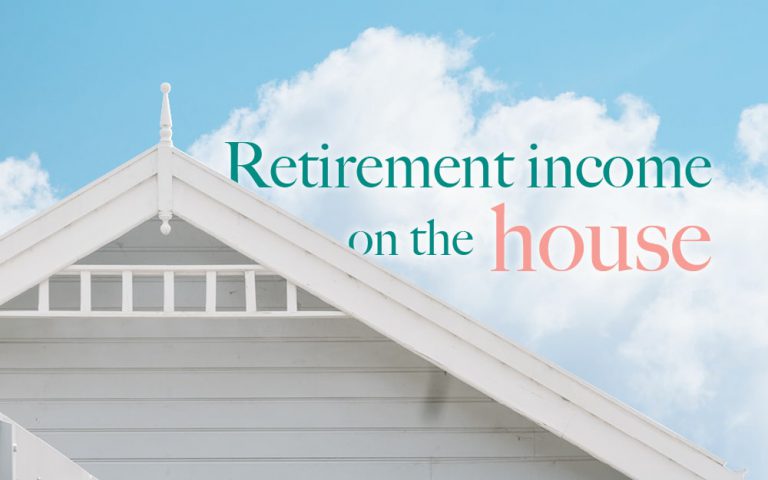Australians buying their first home or downsizing in retirement are about to receive a helping hand thanks to new superannuation rules which come into effect on July 1. From that date, first home buyers will be able to contribute up to $30,000 into their super fund towards a home deposit while downsizers can put up to $300,000 of the proceeds of selling the family home into super.
This new measure has been devised to assist first home buyers, many of whom have struggled to save a deposit as rising prices put even entry level properties out of reach.
At the other end of the scale, the change is envisaged to help older homeowners who frequently find themselves in large houses while trying to survive on a modest super balance or the aged pension.
Here’s how the Federal Government hopes to improve the situation at both ends of the property market.
Buying a home
Under the new First Home Super Saver (FHSS) scheme, individuals can arrange for up to $30,000 to be deducted from their pre-tax income and put in their super account. They can then withdraw 85 per cent of that money ($25,500), plus any interest earned on it, to use for a home deposit. In the case of a couple, both partners can save $30,000, meaning a deposit of $51,000 (i.e. 85 per cent of $60,000) plus interest can be accumulated.
So what’s the catch?
It’s complicated.
For starters, individuals can only contribute $15,000 into their FHSS account in any one year. What’s more, the compulsory 9.5 per cent super contributions made by employers can’t be accessed; additional voluntary contributions need to be made. The annual contributions cap of $25,000 cannot be exceeded; this includes all voluntary contributions plus employer’s Super Guarantee contributions.
The new rules work best for middle-income earners as low-income earners, who pay little or no tax, won’t benefit from the favourable tax treatment money in super receives. When the money is withdrawn, it is taxed at the individual’s marginal tax rate minus a 30 per cent tax offset. That effectively means most people will pay little or no tax although higher-income earners on high marginal rates will still pay some tax.
Selling a home
Under the Downsizer Super Contribution (DCS) Scheme, homeowners who are 65 or older can put up to $300,000 of their home sale proceeds into their super provided it’s from the sale of their principal place of residence and they’ve owned it for at least 10 years. In the case of a couple, both partners can deposit $300,000 (collectively $600,000) into super.
What’s the catch?
Unless you’re a wealthy retiree looking for a tax break there doesn’t appear to be one.
For those who already have more than $1.3 million in super, adding a $300,000 downsizer contribution will breach the $1.6 million balance transfer cap which is the maximum balance that can be held in a taxComplimentary super pension account. Given the current generation of Australians have been retiring with average super balances of well under $300,000, that is unlikely to be an issue for most downsizers.
It should also be noted that downsizers don’t get any special treatment with the transaction costs involved in selling one residence and buying another. For example, stamp duty still needs to be paid.
What do you do now?
If you are looking to purchase your first home, you will need to check your super fund allows FHSS contributions and, more importantly, withdrawals. You’ll then need to arrange for your employer to deduct voluntary contributions of up to $15,000 a year. When you want to access your money, you will have to acquire a ‘FHSS determination’ (essentially a balance statement) from the Commissioner of Taxation before requesting your super fund to release the money.
Following approval of this request, your super fund deposits your FHHS money, minus any tax you’ve incurred, into your account. You then have 12 months to sign a contract to buy or build a home.
If you are looking to downsize your home, you will first need to check your super fund accepts downsizer contributions. If it does, you can deposit up to $300,000 within 90 days of receiving the proceeds of the sale. You’ll have to fill in and send your super fund a ‘downsizer contribution form’ before, or when transferring the money into your account.
Happy homebuyersLiam and Lily are 30-year-old newlyweds. Their employers pay them each $50,000 plus super. Determined to own a property asap, they arrange for their employer to direct 30 per cent of their pre-tax salary (i.e. $15,000) to their super accounts (on top of the compulsory 9.5 per cent contribution) from July 1, 2018. By July 1, 2020, they have amassed $60,000 between them plus $4000 in interest. They withdraw the maximum allowable $51,000, plus the $4000 interest, which is enough to put a 10 per cent deposit down on a $550,000 apartment. Satisfied sellersEmpty nesters Larry and Linda, both 68, want to retire but they have only $200,000 in super between them. Their only other major asset is their family home of nearly 40 years. They sell their home for $1.5 million on July 2, 2018 and buy a $900,000 inner-city apartment the next day. They then put $300,000 each in their super accounts. They now have a combined $800,000 in super, to provide a more comfortable retirement. |
If you’re hoping to either buy your first home or downsize, call us to discuss how the changes to super can save you money.
Click to find out more about the First Home Super Saver (FHSS) Scheme
Click to find out more about the Downsizer Super Contribution (DCS) Scheme





































































